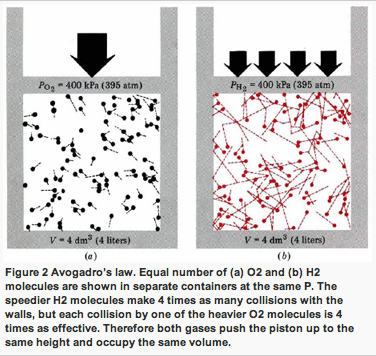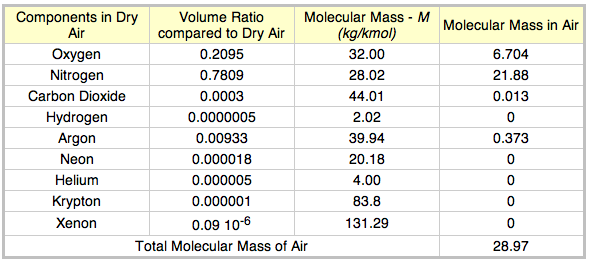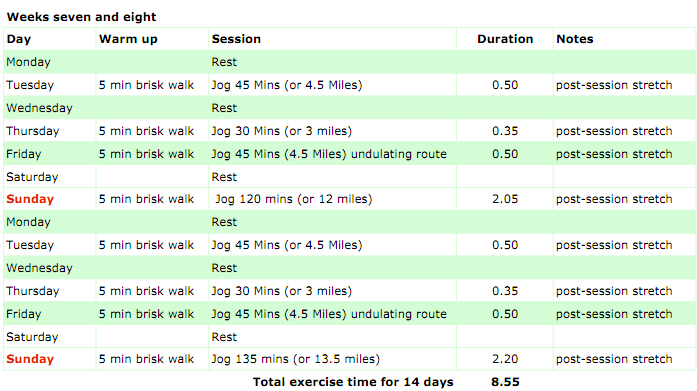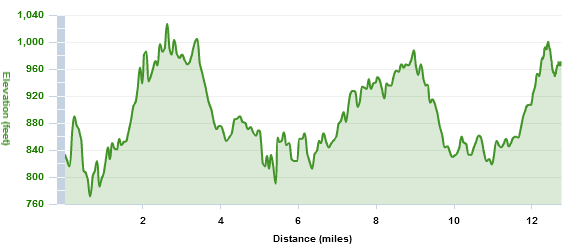Why Rainy Days Are Better for Long Distance Runs
After a long week of record-breaking temperatures, dubbed “heatpocalypse“, relief finally came in the form of day-long showers, cloudy skies and a nice misty afternoon. I decided to knock out one last reasonably longer distance run at 8.72 miles (although, Nike+ ate a lot of it so I could only log 7.14 miles). It felt great to stretch the legs! I’ve been doing so many slow training runs that I feel like I just haven’t improved in weeks.
It was pretty ideal running conditions: about 74 °F, 70% humidity, and a dew point at ~65 ° – very cool air; I was drenched in rain and the world just seemed absolutely perfect. I felt like I could go on forever. For once, my breathing just seemed so steady. It didn’t make sense, at first. After all, dry air seems like it would be less dense than moist air. Apparently, not.
Here are the components of dry air to give you an idea of its molecular mass:
Now, let’s compare it to the molecular mass of water (really, we’re looking at water vapor that’s in the air): one oxygen atom has an atomic weight of 16, and two hydrogen atoms each have an atomic weight of 1 = a molecular mass of 18. Who’d have thought that water is less dense than air?! Apparently, it’s basic chemistry. I must’ve missed that on the first day of class 🙂
Now, if there’s lots of water vapor in the air, does that mean that the moisture can provide additional oxygen that the body can use? It’s a slightly unusual question, but I came across it on Quora and it piqued my curiosity. Short answer: nope. If any, water vapor displaces the oxygen content because it’s forming water molecules.
Let’s look at Avogadro’s Principle – it states that a fixed volume of gas (regardless of the type of gas in “containment”) at the same temperature and pressure, would always have the same number of molecules. In other words, if water vapor takes up room in the air, it’ll have to replace something in the process to maintain that equilibrium.

Soooo…. why is it that my running improved when I went for a run in the rain? It probably has something to do with heat adaption; my recent entry – time to heat up! – goes into greater detail about heat acclimatization training. To summarize it: when we train in warmer weather, we’re basically teaching ourselves to improve our physiological response to tougher running conditions. As noted during a recent study conducted by the University of Oregon (Will training in the heat improve your performance in the cold?), getting used to the heat builds up adaptations that allow the body’s core temperature to remain in a safe range. And guess what? They found that it’s likely, even in cooler temperatures, for athletes to “become overheated during intense exercise and so heat adaptations have an impact.”
Of course, that study was with “elite” athletes… but, just from my own personal observation? I’m pretty happy about my long distance run, especially after spending the last 2-3 weeks dragging my feet in 95+ degree heat. Oh, and I just ran another 10K this morning – woohoo! I guess there’s just something in the air outside.



